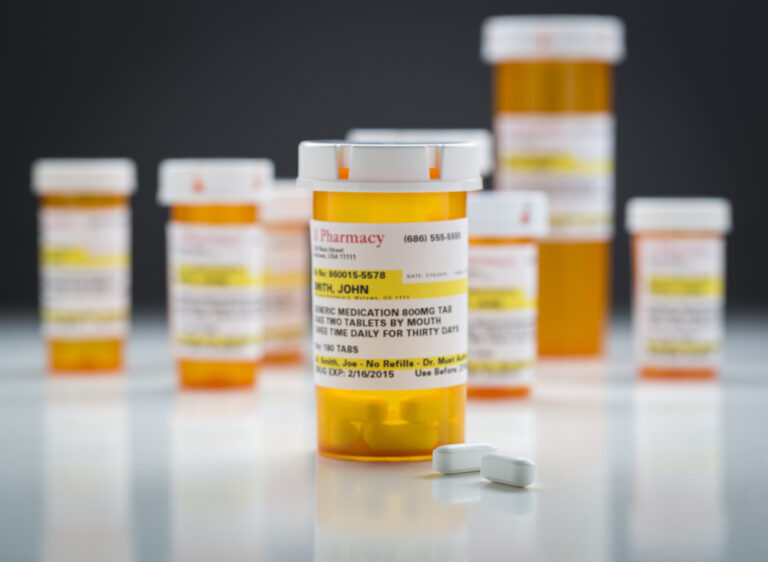April 25, 2022 – With drug pricing a hot-button issue as the midterm elections draw near, a recent report from the IQVIA Institute for Human Data Science shines a spotlight on some of the nuances that often are missed when discussing the nuts and bolts of drug spending in the United States. One of the stated purposes of the report is to help stakeholders understand important elements of the health system “and how they may evolve over the next five years.”
“IQVIA data flags a number of points relevant to current Washington discussions of access and affordability of medical care,” according to Coalition for Healthcare Communication Executive Director Jon Bigelow.
Boosted by the widespread availability of COVID-19 vaccines and therapeutics as well as added costs related to the pandemic, spending on prescription drugs in 2021 (based on net manufacturer prices) reached $407 billion, up 12 percent from 2020, states the April 21 IQVIA report.
Prescription drug use in 2021 reached a record level – 194 billion daily doses – as new prescription starts for both chronic and acute care recovered from the slowdown recorded in 2020. Spending on medicines is expected to rebound to pre-COVID-19 growth levels by 2023. “It’s a testament to the resiliency of the biopharmaceutical ecosystem to respond successfully to a healthcare crisis at both the global and country level, while continuing to improve outcomes,” said Murray Aitken, IQVIA senior vice president and the executive director of the IQVIA Institute for Human Data Science
Although costs per prescription on average are flat or slightly declining, according to Aitken, out-of-pocket (OOP) costs rose 5.3 percent, an increase of $4 billion in aggregate. “The $4 billion increase in OOP costs for patients matched the historical high previously seen in 2018, “which is a trend we need to watch,” he said.
The report states that 8 percent of all patients – and 16 percent of those in Medicare – reach annual out-of-pocket costs above $500. “Due in part to high costs, an estimated additional 81 million prescriptions were abandoned at the pharmacy,” according to the report,” with the abandonment rate over one in three for prescriptions above $75 in out-of-pocket cost, especially for high-cost specialty medicines that treat cancer and immunology.”
CHC’s Bigelow explained that “even with increased enrollment in Affordable Care Act plans and Medicaid, out-of-pocket drug expenses continue to increase for many patients, including in common categories such as insulin for diabetes.”
Indeed, IQVIA also notes that more than 20 percent of monthly insulin prescriptions “carry an out-of-pocket cost above $35 and patients filling those prescriptions would have saved about $555 million in 2021 if costs were capped at $35, including $164 million by Medicare beneficiaries, and $254 million for the uninsured who pay cash at list prices.” Congress is considering proposals to cap insulin out-of-pocket costs at $35 per month.
The IQVIA report states that differences between list price spending and payer net spending reached $190 billion in 2021, up from $118 billion in 2016, “as negotiated discounts and rebates to payers and providers increase in competitive markets and 340-B discount programs account for a larger share of medicine use.”
The report also states that over the past five years, net manufacturer revenues “have increased by $82 billion, driven mainly by $88 billion spent on newly launched brands, and an additional $94 billion spent on increased volume of branded drugs offset by $93 billion in reduced spending on brands that have lost exclusivity.”
“The cost of prescription drugs continues to increase – but the rate of increase is obscured by the increasing rebates to pharmacy benefit managers, meaning that net prices are not increasing at the headline ‘list price’ rate,” Bigelow said. According to the IQVIA report, list prices for brand-name drugs rose 4.8 percent in 2021, but net prices after rebates rose 1 percent. This pattern of net prices rising at or below the inflation rate has held for five years in a row, and is projected to continue.


